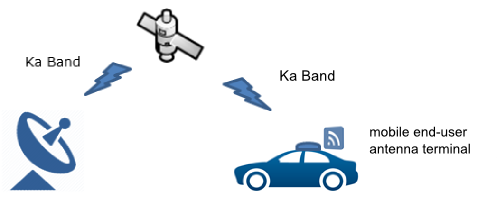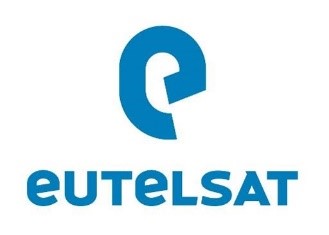-
StatusCompleted
-
Status date2018-09-14
-
Activity Code7C.033
The overall objective of this activity is to study, derive and verify technical constraints and requirements for an economically feasible system for mobile multimedia reception in vehicles for Ka-band satellite systems without dedicated terrestrial repeaters. The aim of the system is to deliver attractive services (from both the technical as well as the commercial point of view). Proving the technical feasibility of the chosen approach is accomplished by a dedicated computer simulation. Another objective of the project is the creation of a technological roadmap for the identified critical components, allowing the development of such components to be based and influenced by the findings in this project.
Attempts at satellite services for mobile multimedia consumption for different frequency bands have, with very few notable exceptions, been not very successful in the market so far. One of the main challenges for this activity is therefore to derive system requirements, antenna characteristics and service parameters which are both commercially and technically sound while remaining attractive for the end-user and service providers alike. The main focus lays here on the mobile end-user antenna terminal, the total cost of ownership (TCO) and the identification of geographical, vehicle-class and content differentiated markets.
From the point-of-view of the physical layer simulation, the incorporation of a realistic channel models and simulation parameters for real-world applicable results can be identified as crucial. Nevertheless this is a precondition for deriving a reliable technological roadmap.
- In-vehicle entertainment is an increasingly important segment of consumer electronics, contributing to customers expectations of ubiquitous reception of services (“Any Time, Any Place, Any Device”)
- SatCom based solutions enable mobile users the reception of bandwidth intensive multimedia services outside of areas with stable 3G/4G reception
- Ka-band promises smaller antenna terminal apertures compared to earlier attempts in different frequency bands which is important for user acceptance
- Based on true simulations, the study provides answers to key questions like waveform design, end-to-end performance and business cases. Various options are discussed and the basis for design decisions is presented, including the users’ quality of experience.
- A development strategy is presented starting from a demo phase up to services in various market segments. In these considerations a discussion of the total cost of ownership is included.
- The study includes complete market relevant scenarios in an end-to-end and market-segment differentiated approach. The end-to-end simulations show, that a recovery scheme for transmission errors is necessary. Two options are conceivable, either use of a physical layer interleaver or a LL-FEC scheme, the implementation of the latter being possible with smaller efforts.
- Strong focus on deriving specifications for solutions with a high potential for end-user acceptance.
- Computer simulations of the physical layer are carried out under consideration of realistic channel model contributions. Scenarios include various climate types, thus various rain attenuations, and various environment scenarios.
- Beyond assessment via transmission characteristics (BER, etc.) the users’ quality of experience is considered and rated as well.
- Consolidation of findings is included into a comprehensive technological road-map suitable for steering further developments in the field. These results are a reliable basis for a demonstrator activity.
The overall system architecture consists of
- The space segment with a Ka-band transmitting satellite and being supplied with content via an (RF, Ka-band) feeder link
- The end-user antenna terminal featuring a (tracking) antenna and a modem

The focus in this activity is firmly with the mobile end-user terminal but typical configurations and limitations imposed by the space segment and the content delivery chain are also taken into account.
The project is organized into four tasks, resulting in the following structure and milestones:
Task 1: Service and System Consolidation
- MS1: System Requirement Review (SRR)
Task 2: System Detailed Analysis and Trade-offs
- MS2: Baseline Design Review (BDR)
Task 3: System Performance Assessment
- MS3: Critical Design Review (CDR)
Task 4: Cost Analysis and Technological Roadmap
- MS4: Final Review (FR)
The project is successfully completed.





